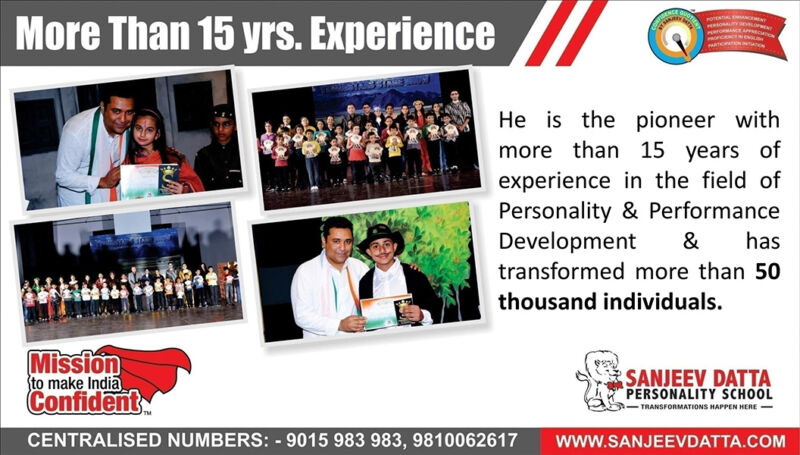Because elementary school is such an important stage in a child’s education, teachers must employ instructional methods that are shown to be adequate to ensure that their pupils acquire the knowledge and abilities necessary for future success. These are some of the most effective teaching strategies for primary students.
Teaching Strategies for Primary Students
1. Teaching that is Tailored to Each Student

The process of adapting one’s teaching style to accommodate a wide variety of pupils’ requirements is known as differentiated instruction. This entails adjusting the curriculum to cater to students of varied levels of aptitude, interests, and preferred modes of education in primary classrooms.
Instructors can differentiate their lessons by employing a range of teaching strategies, including education based on projects, instruction in small groups, and instruction on an individual basis. Teachers can ensure that all pupils receive an education of high quality if they tailor their lessons to meet the specific requirements of each student.
Visit: importance of assessment in education
2. Learning Through Cooperation
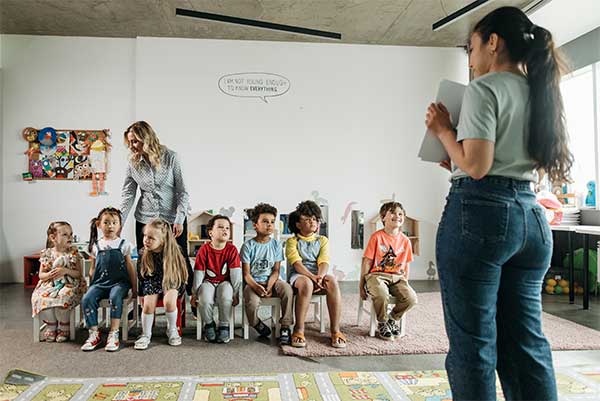
Students participate in cooperative learning, a method of instruction that places them in small groups to complete a task or project jointly. Students are encouraged to work together, share their ideas, and support one another through this method.
Students can engage in cooperative learning in various contexts, including when they are given group projects to complete, when they are asked to work together to find a solution to a problem, or when participating in peer editing sessions. Students can develop crucial social and communication skills when working together and in teams.
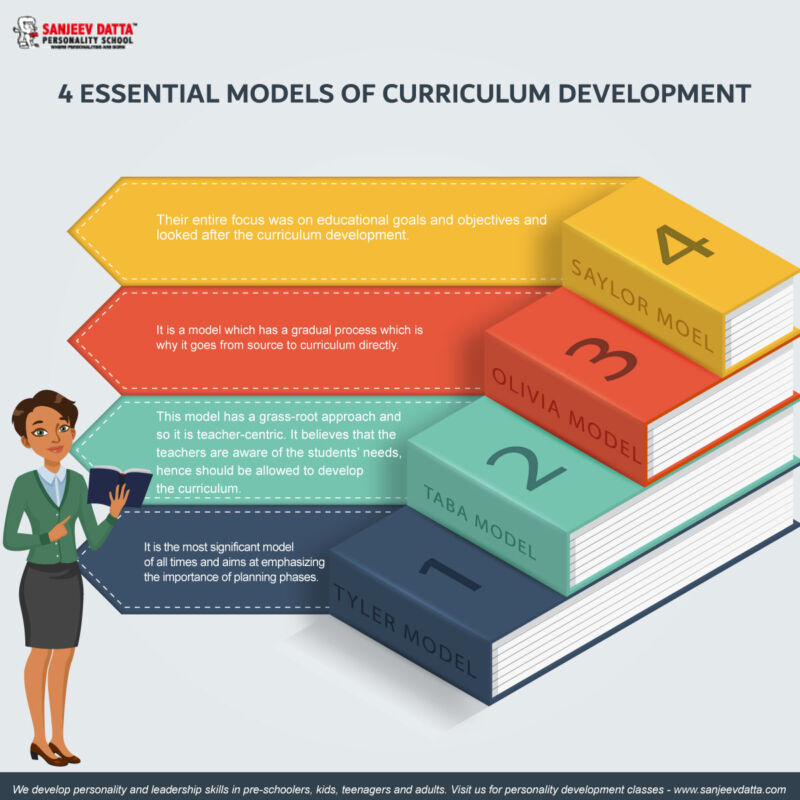
3. Visual Learning
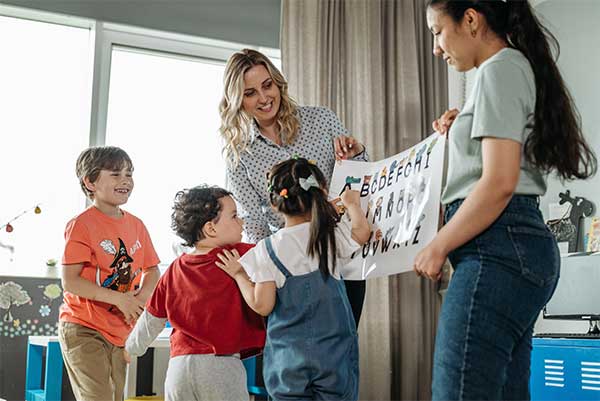
Visual learning is a method of instruction that uses visual aids in the classroom, such as diagrams, charts, and photographs, to better assist students in comprehending complex ideas. Those who learn best through images will benefit tremendously from this method.
Visual learning can be incorporated into classroom instruction in several ways, including the use of visual aids to deliver knowledge, the distribution of graphic organizers to students, and the requirement that students produce their visual representations of data. They are a great tool in all personality grooming classes.
4. Participatory Instruction
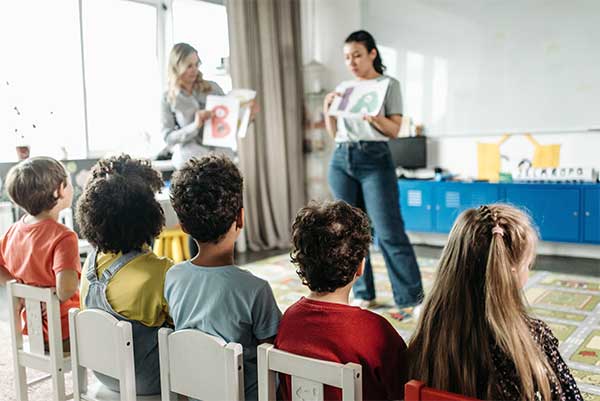
Active learning is a teaching approach that involves engaging students in hands-on activities that demand them to participate actively in the learning process. This type of learning encourages students to get more involved in the content they are taught. Knowledge retention, analytical thinking, and the ability to find solutions to problems are all enhanced by this method.
Active learning is a method that can be incorporated into classroom instruction by instructing teachers to have students participate in experiments, carry out research, or produce projects. Teachers can assist students in developing a more profound comprehension of the subject matter if they encourage students to participate in active learning.
Visit: how to maintain discipline in classroom
5. Gamification

Gamification is a teaching approach that introduces game-like aspects into the classroom to interest students and promotes learning. The goal of gamification is to create an environment conducive to learning. This strategy may involve incentives such as awards, badges, and points to motivate students to study and make classroom time more enjoyable.
The use of educational games, classroom competitions, and the implementation of game-like components such as points and badges to reward student learning are all examples of gamification strategies that educators in the classroom can utilize.
6. Learning Through Many Senses

Students are encouraged to participate in the learning process through various teaching methods as part of the multi-sensory learning approach. Students may benefit from this strategy by combining visual, aural, and tactile inputs to help them recall knowledge.
The incorporation of multi-sensory learning into a teacher’s curriculum can be accomplished through a range of instructional strategies, including the presentation of movies, the playing of music, and the utilization of manipulatives. Teachers can assist their pupils in more effectively retaining information by engaging different senses in the learning process.
7. The Incorporation of Technology
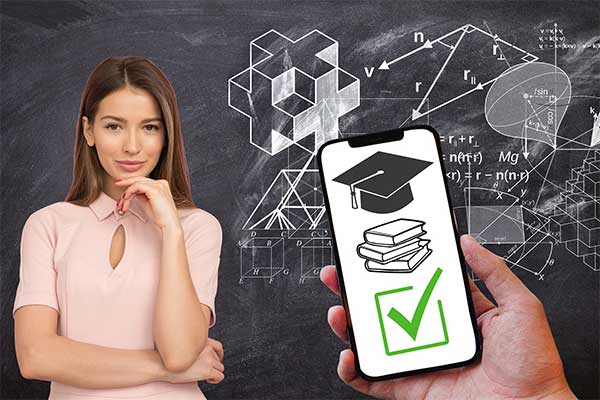
Integration of technology is a teaching method that entails bringing various forms of technology into the classroom to improve educational outcomes. Using educational software, online resources, and interactive whiteboards are all potential components of this methodology.
Using internet resources, delegating technology-based projects, and utilizing instructional software to reinforce previously learned material are ways educators can integrate technology into their instruction. Teachers can assist pupils in developing digital skills that will be useful in the future if they include technology in the educational setting. Technology is important in all personality development classes.
Visit: online teaching tips for elementary teachers
8. Metacognitive Techniques
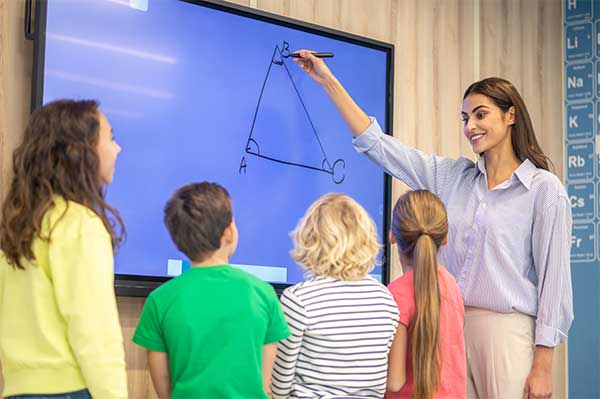
The goal of metacognitive teaching practices is to teach students how to think about their thinking, a type of instructional approach. This strategy encourages self-awareness, self-regulation, and independent learning in its participants.
Metacognitive tactics can be included in courses by encouraging students to reflect on their learning processes, creating goals, and employing self-assessment instruments. Instructors can also use these strategies themselves. Teachers can assist their students in becoming more self-sufficient and effective learners by teaching them how to think critically about their educational experiences.
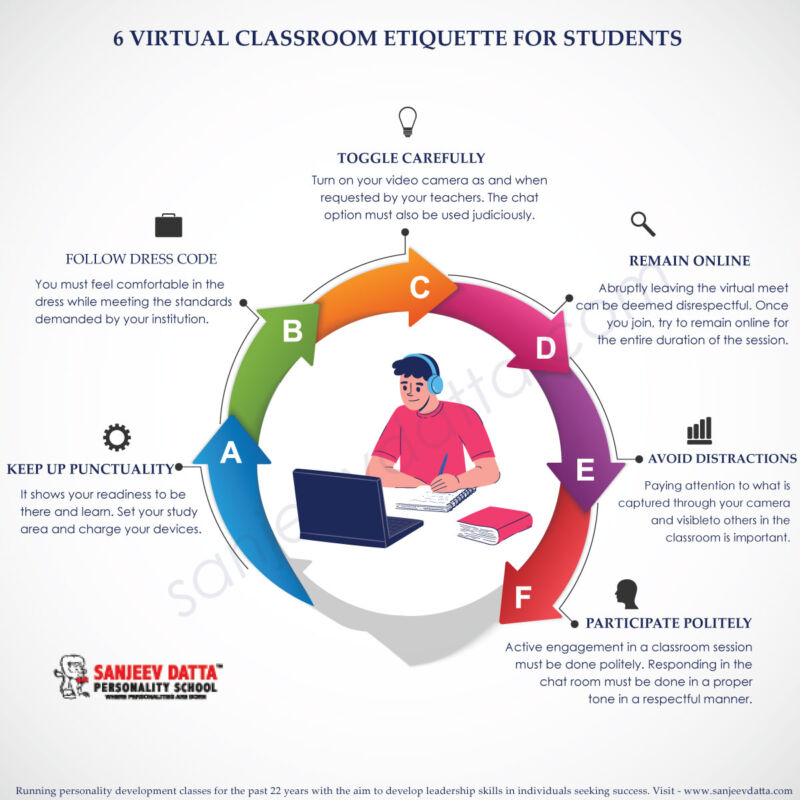
9. Culturally Sensitive Teaching
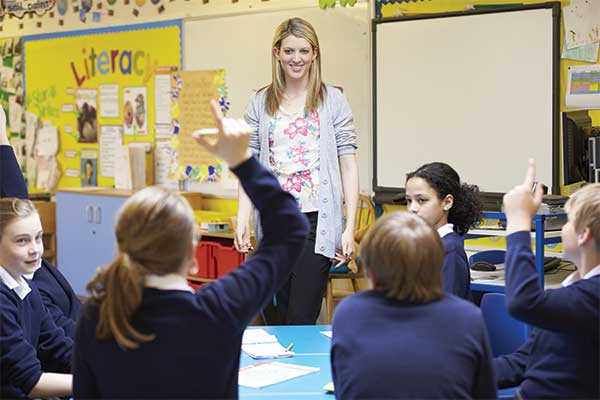
Culturally sensitive teaching is a teaching method that entails acknowledging and appreciating the many experiences and cultures that students bring to the classroom. This method fosters inclusiveness, empathy, and comprehension among its participants.
Instructors can include culturally responsive teaching into their courses by utilizing culturally appropriate materials, incorporating multiple perspectives into their lessons, and cultivating a classroom environment that is secure and accepting. Teachers can develop a productive and welcoming educational setting for their classes if they take the time to acknowledge and appreciate the varied backgrounds of their pupils.
Visit: virtual classes etiquette for students
To sum everything up
School instructors have access to various teaching strategies for primary students to help them ensure that their pupils acquire the competencies necessary for future success. Teachers can assist their students in becoming involved, motivated, and successful learners if they incorporate these tactics into their classes.


